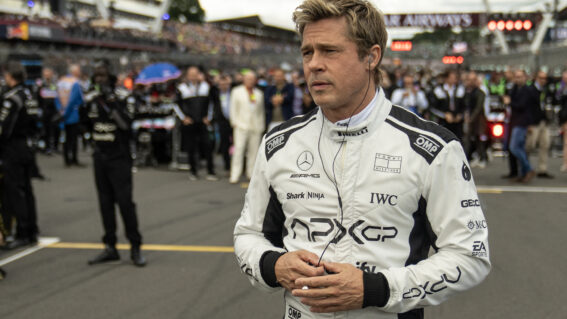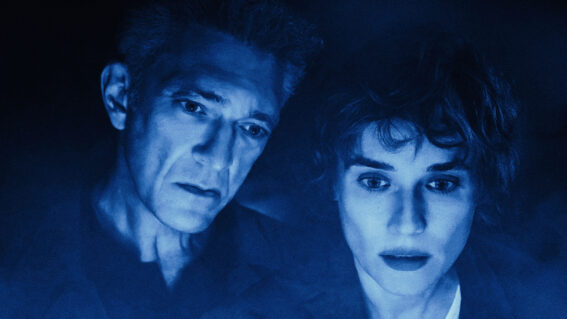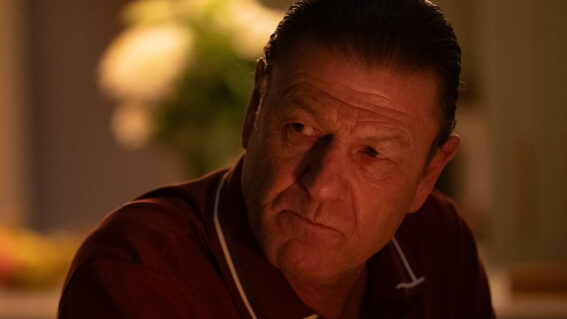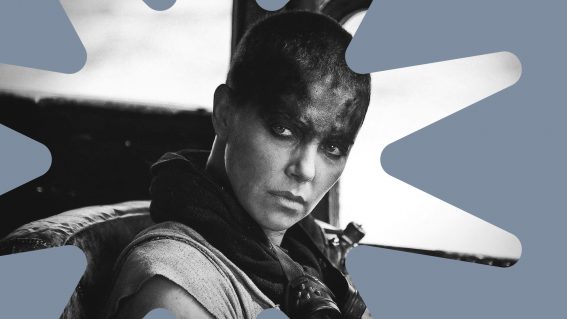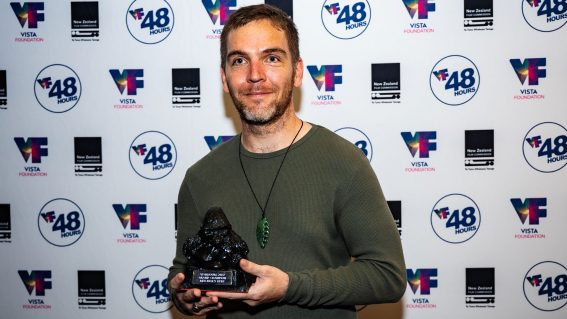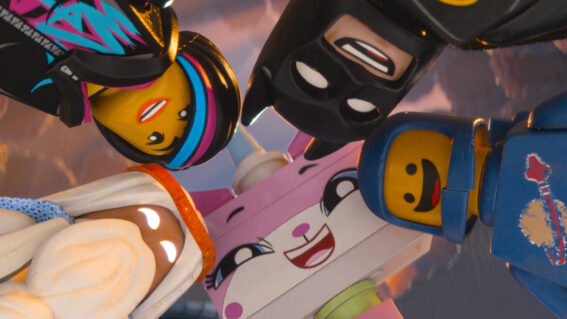Director of 2040 on making people understand and act on climate change
“If you give them the tools, great things can happen.”
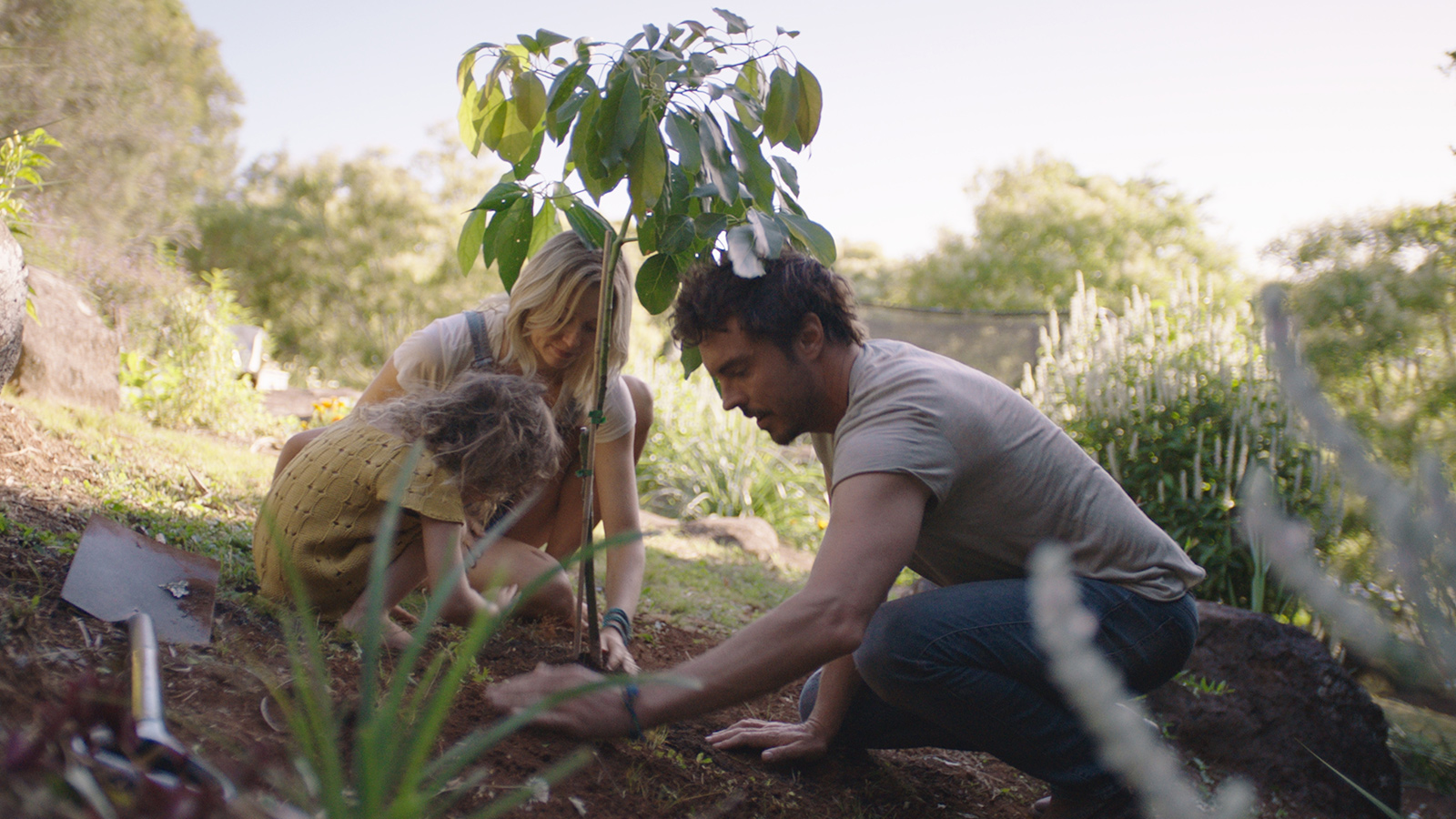
Documentarian Damon Gameau (That Sugar Film) explores what the future would look like by the year 2040 if we simply embraced the best solutions to climate change already available to us.
The film returns from the New Zealand International Film Festival for its nationwide release 22 August. Flicks sat down and chatted with Gameau about the film’s goal, simplifying a complicated message, and audiences’ responses.
This interview has been edited for length and clarity.
FLICKS: Why the year 2040 as opposed to 2030 or 2050?
DAMON GAMEAU: A lot of thought went into that. It was about what year is far enough away that we can still make these changes and have time to make them. They’re quite big changes, but the year is also close enough to be relatable so that a lot of people will still be around then to experience the changes that have been made. So it’s not just about the kids. My generation, even a bit older, are still going to be around in 20 years. It felt like it was realistic and possible and viable.
Initially, I had an idea about 2080, but it’s a lot harder to work out what it’s going to look like, especially economically, but also design. You start getting into that Jacque Fresco, sci-fi kind of thing. I wanted the film to feel authentic and tangible so that people could think, “Oh, that might happen in my lifetime.”
The film’s also careful not to simply yell: “Crisis! Apocalypse!”
It’s a response to that narrative which just bombards us in the media. And I think it’s important. We have to acknowledge how bad things are and that we are in an emergency, but all the research I did around psychology said that we’re just not motivated by that constant doom and gloom.
In fact, it paralyzes a lot of us. We can shut down and disengage because it’s such an amorphous topic. How do you fight climate change? What does that actually mean when you say it? What do I do about that?
We hear ‘two degrees warming’. We hear ‘negative emissions’. They’re just not words that we can deal with. I wanted to put a different approach into the mix. How about we sell a future? How about we motivate people through solutions and things that they can tangibly get involved with?
There are quite a few proposed solutions out there to combat climate change. What ultimately made you decide on the ones you chose to highlight in this film?
Some of the solutions that you read about, I feel they’re quite terrifying, the more tech and geoengineering solutions about reflecting the sun back or putting iron filings in the sea, all these reductionist and mechanistic views of solving. That’s actually why we’ve got into this mess in the first place.
We’ve got so many benefits from the scientific revolution, but what it’s also done is made us view the world in a very mechanical reductionist lens. We’re ignoring all the other elements that join and make these things happen. So I felt like if we are going to get anything out of this, we have to give back to those often indigenous metaphors, being custodians of the land. Valuing the planet in a much different way.
That’s why we chose solutions that had cascading benefits. They’re not just about taking carbon out of the atmosphere. Like the soil, you do that but you get the benefits of holding water and healthier food. Seaweed pulls carbon out of the atmosphere but you’re also regenerating oceans and creating fish habitats. So the solutions had to have this sort of multi-pronged element to them.
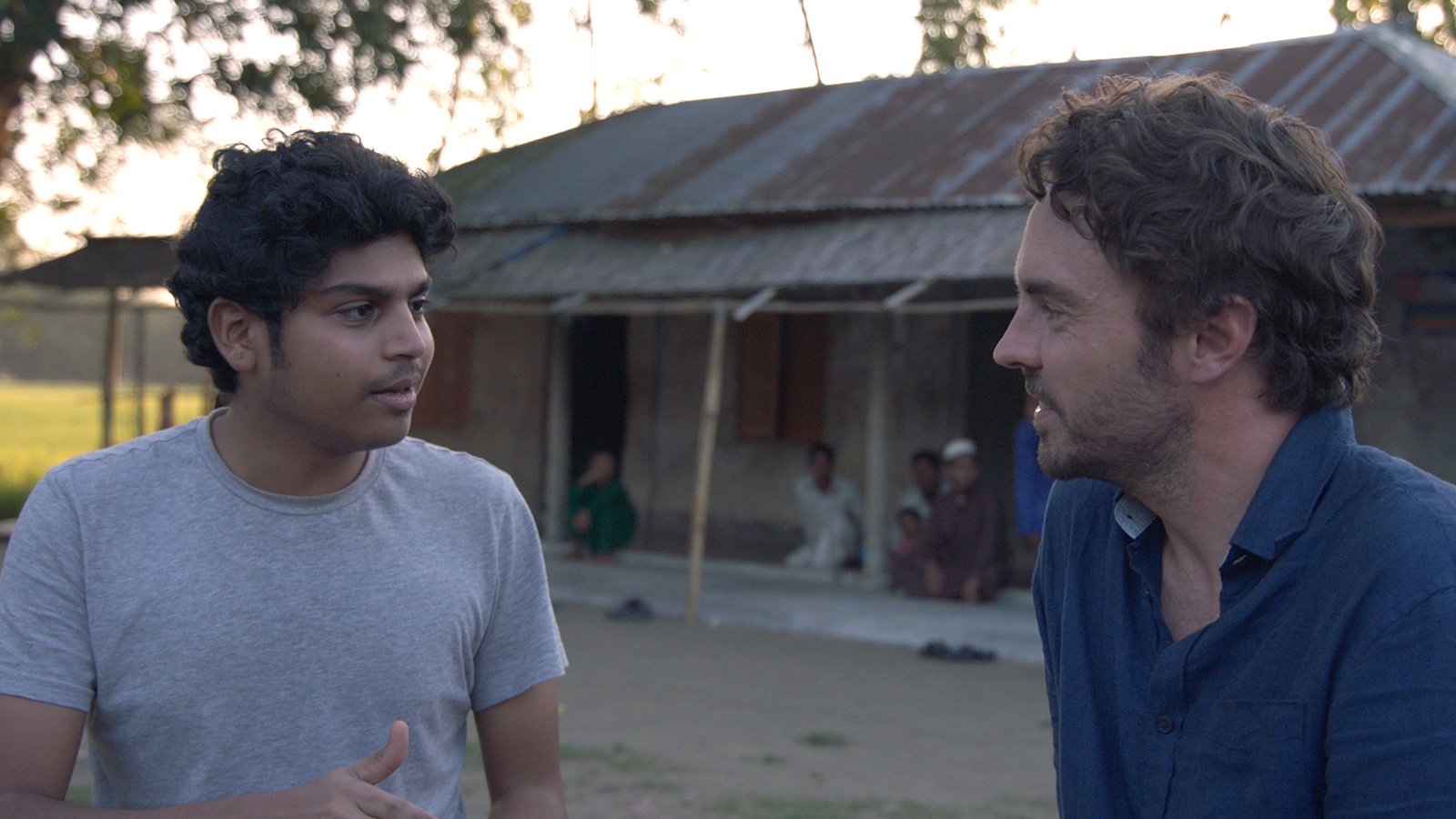
You can do all the research in the world and get all this information that I, a simpleton, cannot make sense of. How do you simplify things without going too far or not going far enough?
That’s the constant battle. What you normally see in a climate documentary might be 95 minutes of the doom and gloom and five minutes at the end of, “Hey, try to do this.” Whereas I wanted to flip that and say, “Here’s all these great things we can do.”
I think that—again, it’s not their fault, it’s just what they do—scientists have been left to communicate this problem but the language they use doesn’t stir the soul. It is ‘anthropogenic’, ’emissions’, ‘two degrees warming’. They’re very hard words to actually connect with.
I thought it was important to bring all that down to a human level. And what are the things we value? Security, community, protection for our kids, clean air and clean water. To simplify the language
A lot of people care and want to get involved. It’s just easier to switch off, get out your phone, get on Instagram again and pretend it’s not happening. I think a huge number of the population are doing that. Yet they do care. They just don’t know how to get involved.
The beginning of 2040 mentions how all the carbon let off while making this film has been offset. Roughly what percentage of the budget was used for that offset?
We used 2,000 tons of CO2 to make the film. Our budget for that was about $15,000. It’s quite a rigorous process. You’ve got to get a special certified group to do an audit. They need to access all of your emails and bank accounts. Every time I get picked up from a car from an airport, every time we’d get someone delivering something onto set… there’s just so many things.
I talk about the hypocrisy of the current system. Even if you’re watching a Netflix series, that is using an astronomical amount of emissions. There’s nothing we can do at the moment in our system that doesn’t have a negative impact on the planet. Even if you’re a vegan, there’s four or five billion animals that die from plant agriculture a year.
It’s impossible to be morally pure at the moment and I think we’ve got to all be more forgiving of each other and understand that and talk at that level so that we don’t feel overwhelmed or guilty and say, “I’m not doing enough.” No one is. No one is perfect right now. Even if you’re trying the best you can, you’re going to be let down even by watching a TV show.
We wanted to own that in the film but also say, “You know what? We’ve done our best.” We haven’t just offset our emissions, but then we planted that forest at the end to say, “You know what? This is actually a carbon positive film.” And I don’t think there’s many of those around.
Was there anything major you had to remove from the final cut?
I had an extra 35 minutes on the economy, letting people know the blocks to getting to 2040 that I present. What are the rules that people don’t know around trade treaties or the flow of resources around the world? The way the environment is completely overlooked for the pursuit of growth. All these key elements.
But when we watched it, it just felt like a different film. It suddenly left this aspirational positive film and went down into a feeling of hopelessness. So we’ve been able to release a lot of that footage of our platforms and there is talk at the moment of doing a longer series—like a six- or eight-part series. And one of the episodes would be purely about the economy.
My gut reaction after seeing this film was: “Throw this on a streaming platform right now! Get it out to everyone!” But, for now, it’s in cinemas and there’s a value to that. What value do you see?
I’m with you. If it were up to me, I’d put it out for free tomorrow on YouTube. I think everyone needs to see it as soon as possible. But obviously, we’re beholden to the investors and we’ve got to pay back the people that lent us the money.
The value of doing the cinemas—again, this was a big argument we’re still having about the US release about doing that sort of one-off sale to someone like Netflix versus the program we did in Australia which is community engagement—is that we’re desperately short of ways to come together and have conversations like this one. We just don’t get it. We’re all isolated. We’re watching films on our own—often documentaries—on a device.
What’s been so beautiful about this is seeing a packed cinema of 400 or 500 people having a conversation about this, asking questions. We’ve had about 15 counsels around Australia do a What’s Our 2040 night and they have the councils on stage and they have all the public there. We show the film and then have a two-hour discussion about what they can do in their area. So to see the film kickstart that element of discussion and bring people together face to face, I think has been a really lovely bonus of that.
We’re about to do all the airlines. It’s about to go on TV in Australia. Then we do the overseas release that I hope all that happens quite quickly.
What’s the uptick been like so far on the What’s Your 2040 website?
Extraordinary. Tens of thousands of people have activated their 2040 plans.
We set up an equity crowdfund to bring that technology of Bangladesh to Australia, the solar microgrid technology, they’ve had $2 million in expressions of interest already. We set up a crowfund to launch the first seaweed platform in Tasmania and that was $350,000. We’re $40,000 short. That’s about to tip. The carbonate, we’ve had an extraordinary amount of farmers sign up to receive money to put carbon back in the soil and Ecosia, the search engine that plants trees, has doubled their users in Australia. They’ve had 170,000 searches and over 5,000 trees they’ve planted already just from people searching the internet.
It speaks to the readiness of people to get involved. And not just watch the film but then go, “Right. I’m going to do something about this. I feel motivated to make a difference.” If you give them the tools to do that, then great things can happen.








